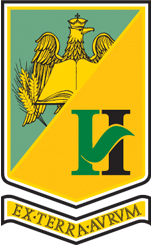Published in Scientific Papers. Series B, Horticulture, Volume LXI
Written by Gultekin OZDEMIR, Abdullah SESSIZ, Fatih Goksel PEKITKAN
Grapes are the most widely grown commercial fruit crop in the world, and also one of the most popular fruit crops for horticultural production. Grape growers constantly search the ways in order to maximize their profits all over the world. It becomes to be important to use new information technologies to increase to overall returns. Precision Viticulture (PV) refers to the application of new and emerging information technologies to the production of grapes to improve the efficacy of production, maximize the quality of production, minimize the environmental footprint of production and minimize the risk associated with production for the grower and processer. Precision viticulture depends on new and emerging technologies such as global positioning systems (GPS), meteorological and other environmental sensors, satellite and airborne remote sensing, and geographic information systems (GIS) to assess and respond to variability. It can be possible that take under control such as soil fertility, fertilizer application norm, disease, water, weed, harvesting, and environmental management by precision viticulture systems in vineyard. So, to reduce inputs such as fertilizer, water, pesticides and to increase yield and quality of grape berries, we must to increase precision technologies in our vineyards. In this review, Precision Viticulture tools will be demonstrated to producing of high quality grapes. Finally, this study will also help grape growers and government agencies that provide new information and technologies such as Remote Sensing to growers in order to detect some factors affecting to maximize grape production.
[Read full article] [Citation]




